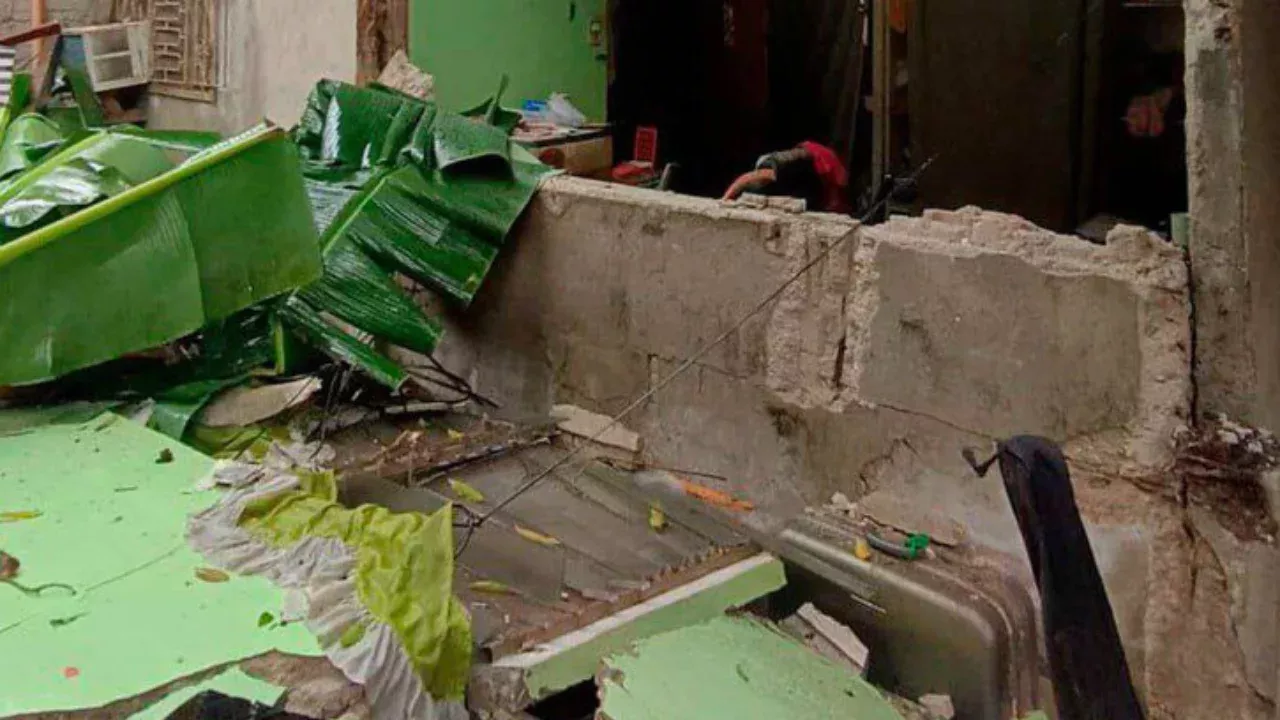
A strong earthquake with a magnitude of 7.4 struck Southern Philippines on October 10. This was reported by Zamin.uz.
According to the Philippine Institute of Volcanology and Seismology (PHIVOLCS), the earthquake's epicenter was located underwater near the town of Manay in Davao Oriental province, with a depth of approximately 23 kilometers. The earthquake triggered a tsunami threat in several coastal areas of the country.
Officials called on residents to evacuate to higher ground. According to initial reports, schools and tourist facilities along the coast were temporarily closed to strengthen safety measures.
Local media reported that at least one person died as a result of the earthquake, and several buildings and residences were damaged. Students at some educational institutions in Davao city were urgently evacuated, and several people sustained minor injuries.
Flights at Davao International Airport were briefly suspended but operations resumed shortly thereafter. President Ferdinand Marcos Junior announced that he is personally overseeing the situation.
The government has initiated rescue operations and rapid assessments. Additionally, a special task force was established to assist the affected population.
Seismologists emphasize that the Philippines is located in the active seismic zone known as the "Ring of Fire" in the Pacific Ocean, which causes frequent earthquakes. In recent years, strong earthquakes have also been recorded in the Cebu and Mindanao regions, causing significant economic damage.
Local authorities and international organizations are urging the public to follow information only from official sources and strictly adhere to precautionary measures. Experts have indicated that seismic activity may continue, and a high state of readiness remains in the area.
This earthquake in the Philippines is considered one of the strongest recorded in recent years.







